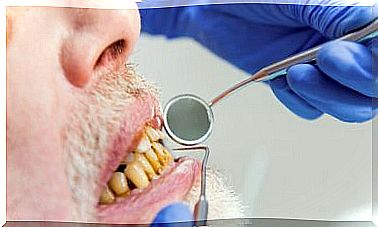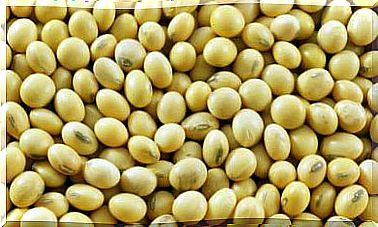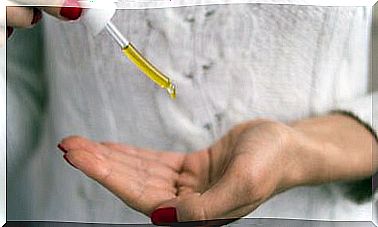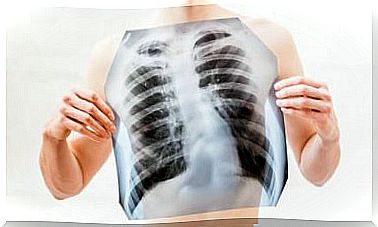What Is The Corpus Callosum Of The Brain?
The corpus callosum of the brain is the structure that is responsible for connecting the right and left hemispheres. It is the most extensive bundle of nerve fibers in the entire human brain and its main function is to ensure proper brain function in all aspects.
It is formed by neuronal axons that result mainly from the cells of the pyramids of layers II and III of the cerebral cortex. It is located in the midline of the brain, right in the interhemispheric fissure; in addition, it is largely covered by the bark.
Although many are unaware of its existence, it is a fundamental region for human intelligence, as it intervenes in the ability to store and process information. It also works on assigning tasks to any of the hemispheres based on their schedule.
How is it formed? What other functions does it perform? Below we review its anatomical characteristics and other aspects that help to understand why it is so relevant.
Anatomy of the corpus callosum of the brain
The corpus callosum of the brain is shaped like a leaf and different parts that connect different areas of the brain together. It forms a quadrilateral area and is laid transversely from one hemisphere to another.
It is a structure that brings together the two halves of the brain by connecting non-symmetrical points in the cortex. Its rear end is bulky and corresponds to the part called the bun. The lower end bends down and is known as the knee.
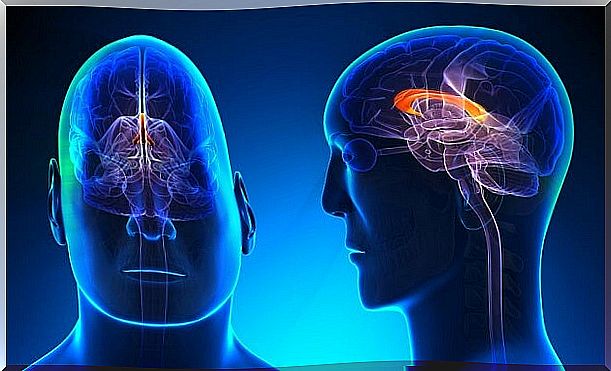
It ends through a sharp end called the beak, which is connected to the optic chiasm. On the other hand, his face length is 7 or 8 cm. The width of the body on the upper face is 2 cm, while the lower face is 4 cm.
Parts of the corpus callosum of the brain
Although the corpus callosum of the brain is considered a single structure, from an anatomical point of view it has been divided into several portions. To understand how they work, let’s look at their particularities in detail.
Beak or rostrum
It is located in the lower front part of the corpus callosum of the brain and arises from the terminal lamina. It is the most anterior part of this structure and is linked to the optic chiasm. The latter is a region where the axonal fibers of the optic nerves intersect.
Knee or genu
It is the thinnest region and presents a curve towards the interior of the brain, heading towards the frontal lobes. Its fibers connect the prefrontal cortices of both hemispheres so that their information is integrated.
It is formed by the reflected fibers that are continued down through the tapered portion of the body. On its underside there are two whitish tracts known as peduncles.
Body
The body or trunk corresponds to the upper face of this brain structure. For its transverse part it has a flat or slightly concave shape, while the rear part is convex. In its midline it connects with the septum lucidum and from behind it contacts the transverse fibers of the trigone.
In addition, it is one of the most important portions of the entire corpus callosum of the brain, since it connects regions of the brain such as the thalamus, hippocampus and other areas of the limbic system.
Impeller or splenium
The most posterior part of this brain structure is a rounded area known as the bun or splenium. It is connected with the occipital lobe to form the greater forceps and also associates with the lateral ventricle to the point of forming one of its lower walls.
What are the functions of the corpus callosum of the brain?
The most important function of the corpus callosum of the brain is to be a communication channel between one hemisphere and another. In fact, without this brain region the connection between both parties would be impossible.

Although the functions of the right hemisphere differ from that of the left, it does not prevent them from acting together. However, for this to be possible, they must be connected using this structure. Thus, by facilitating the functioning of the nervous system as a single mechanism, it allows the precise execution of human processes.
In this sense, it is key to information processing and learning. Therefore, it is said that it is an essential component for human intelligence. In the case of children, it participates in their laterization process.
On the other hand, it has also been related to eye movement. The corpus callosum appears to collect information about the muscles of the eye and the retina. Then, it sends it to the brain regions where these movements are processed.
In conclusion, the corpus callosum of the brain is a fundamental region for any brain process. Consequently, any injury or malformation of the same can cause physical alterations and cognitive difficulties.

